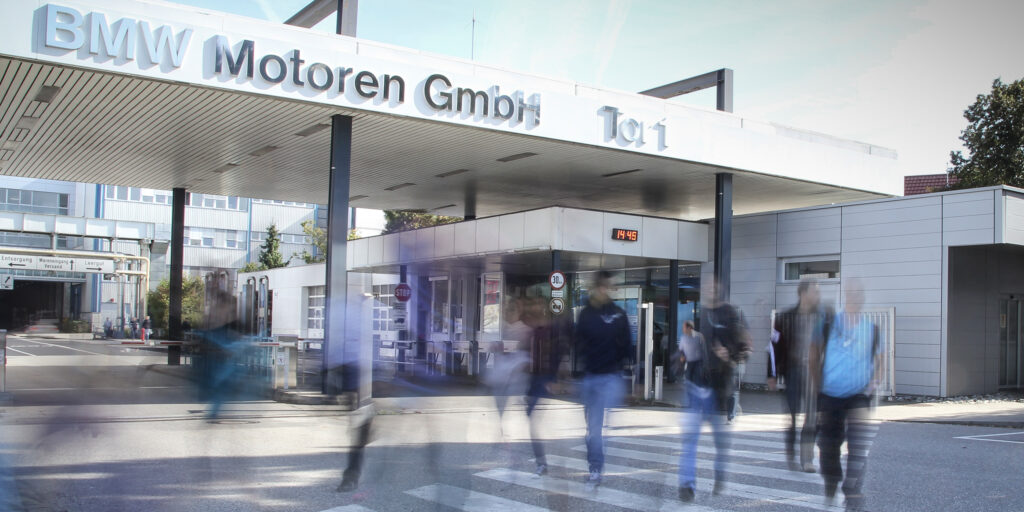By 2025, the BMW plant in Steyr aims to move into the production of electric motors in a big way. The plan is for 600,000 electric motors to roll off the production line each year. Between now and 2030, the BMW Group will be investing one billion euros in the site, which will also be developing a new electric motor.
Combustion engines will stay
Of course, combustion engines will continue to be produced on a large scale – since even if the European Union launches a ban from 2035, other regions of the world will be slower. At the BMW plant in Steyr, combustion engines for BMW and Mini cars have been developed and produced for 40 years.
According to the company, one in every two BMW vehicles currently has an engine made in Steyr. BMW Steyr Managing Director Alexander Susanek told APA that 1.1 million units were manufactured last year, of which 350,000 were diesel engines and the rest gasoline engines, several of which are also used in plug-in vehicles.
Up to now, only housings have been produced in Steyr for electric cars. That is now to change: Starting in 2025, electric motors will be developed and built here. Pre-production is to begin in mid-2024, with production starting in 2025. Gradually, 600,000 electric motors will then be manufactured annually. In addition to the four assembly lines used to build gasoline and diesel engines, which will also be retained for the time being, two further lines for electric motors will be added.
€730 million for site expansion
The company plans to develop a new generation of electric engines in Steyr. No technical details of the “high-performance drive” have been revealed yet, only the investments: “We will spend 230 million euros on development alone in the coming years,” says Susanek, explaining that 730 million euros will also be invested in expanding the site.
Approximately half of the 4,400 employees will be working in the field of e-mobility by 2030, with the lion’s share of the 700 or so engineers working in this field (90 percent). In the medium term, the number of employees is to remain stable, although there will be a shift toward electric vehicles. Susanek is confident that the move “from a purely internal combustion engine location toward e-mobility” will safeguard production and the location in the long term.
Although electromobility is developing rapidly, he assumes “that we will continue to produce combustion engines at a high level in the coming years. This is because the transformation will not take place at the same speed all over the world. Combustion engines will still be needed after 2035, “and we will then have two solid pillars.
Also Read:

